

The toroa/northern royal albatross is one of the largest seabirds in the world! They are referred to as graceful giants of the ocean, and with a wingspan of over 3 metres, it is easy to see why ...
READ MORE

Research on godwit migration involves tracking or following the flight path of the birds. Scientists like Dr Phil Battley and Dr Jesse Conklin from Massey University do this by putting a tracking ...
READ MORE
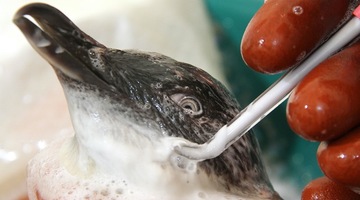
Emma Sommerville had just arrived in the Bay of Plenty from Christchurch, after experiencing the Canterbury earthquake disaster, when the Rena ran aground. Having just completed her master’s ...
READ MORE

In this activity, students consider the conservation of native birds from a number of different perspectives. By the end of this activity, students should be able to: examine the conservation of ...
READ MORE

In this activity, students take on the role of migrating birds. By participating in a physically active simulation, they experience the journey from summer breeding grounds to winter feeding ...
READ MORE
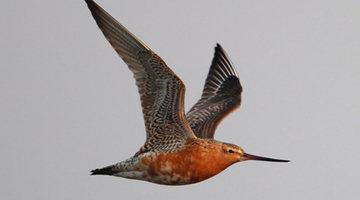
In this activity, students explore the importance of wing shape and size and how this determines the flight capabilities of birds and planes. By the end of this activity, students should be able ...
READ MORE
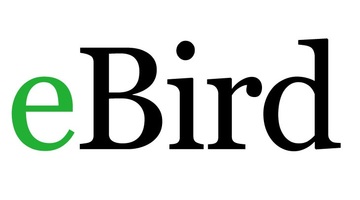
This comprehensive worldwide online citizen science (OCS) project collates bird species, numbers, locations and times of sightings into a large database. You can create a class as a user and, by ...
READ MORE
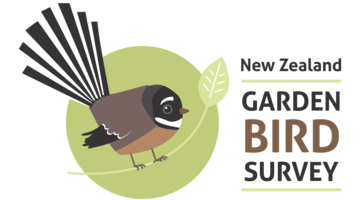
This New Zealand-based citizen science project aims to collect data about the types and numbers of common garden birds in our own backyard. This is done once annually during a particular window ...
READ MORE
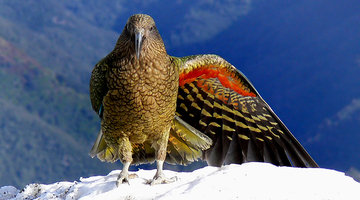
Taking part in this project helps scientists and conservationists know more about the habits of kea. Where are they? How far do they travel? Do they get around in groups? Logging sighting ...
READ MORE

Aotearoa New Zealand is famous for its quirky native birds. Ngā manu, their unique adaptations and the threats they face are common classroom topics. But what about the birds we are likely to ...
READ MORE

The Garden Bird survey is New Zealand’s longest running citizen science project! Join the Garden Bird survey researchers from Manaaki Whenua – Landcare Research, Dr Angela Brandt and Dr Gradon ...
READ MORE
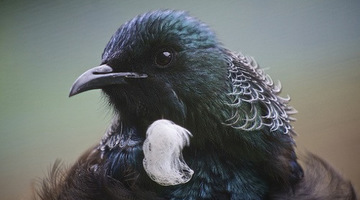
New Zealand is well known for its unique bird life. Our endemic birds evolved in an isolated, island environment. The arrival of people, the deliberate and accidental introduction of mammalian ...
READ MORE
Dr Phil Battley, from Massey University, discusses how both internal and external satellite transmitters might affect godwits. He shares that internal transmitters worked better than external ...
READ MORE
Dr Phil Battley, from Massey University, explains how birds are kept track of through satellite tagging. He describes and compares two ways of doing this – using backpacks with solar panels and ...
READ MORE
Jesse Conklin, a PhD student at Massey University, describes how geolocators work to keep track of godwits. He explains that they are basically light sensors that record light levels – giving ...
READ MORE
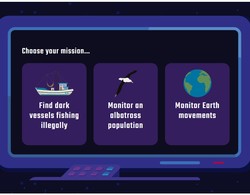
Choose a mission and then successfully build and launch a satellite that can help gather the data required. Select here for additional information on using this interactive simulation.
READ MORE

This interactive explores the science concepts that underpin knowledge about birds’ physical features and how they help birds live in their environment.
READ MORE

This slideshow, from the webinar Te Tatauranga o ngā Manu Māra o Aotearoa – The New Zealand Garden Bird Survey, provides additional support for the video tutorial. Use the Slideshow menu for ...
READ MORE